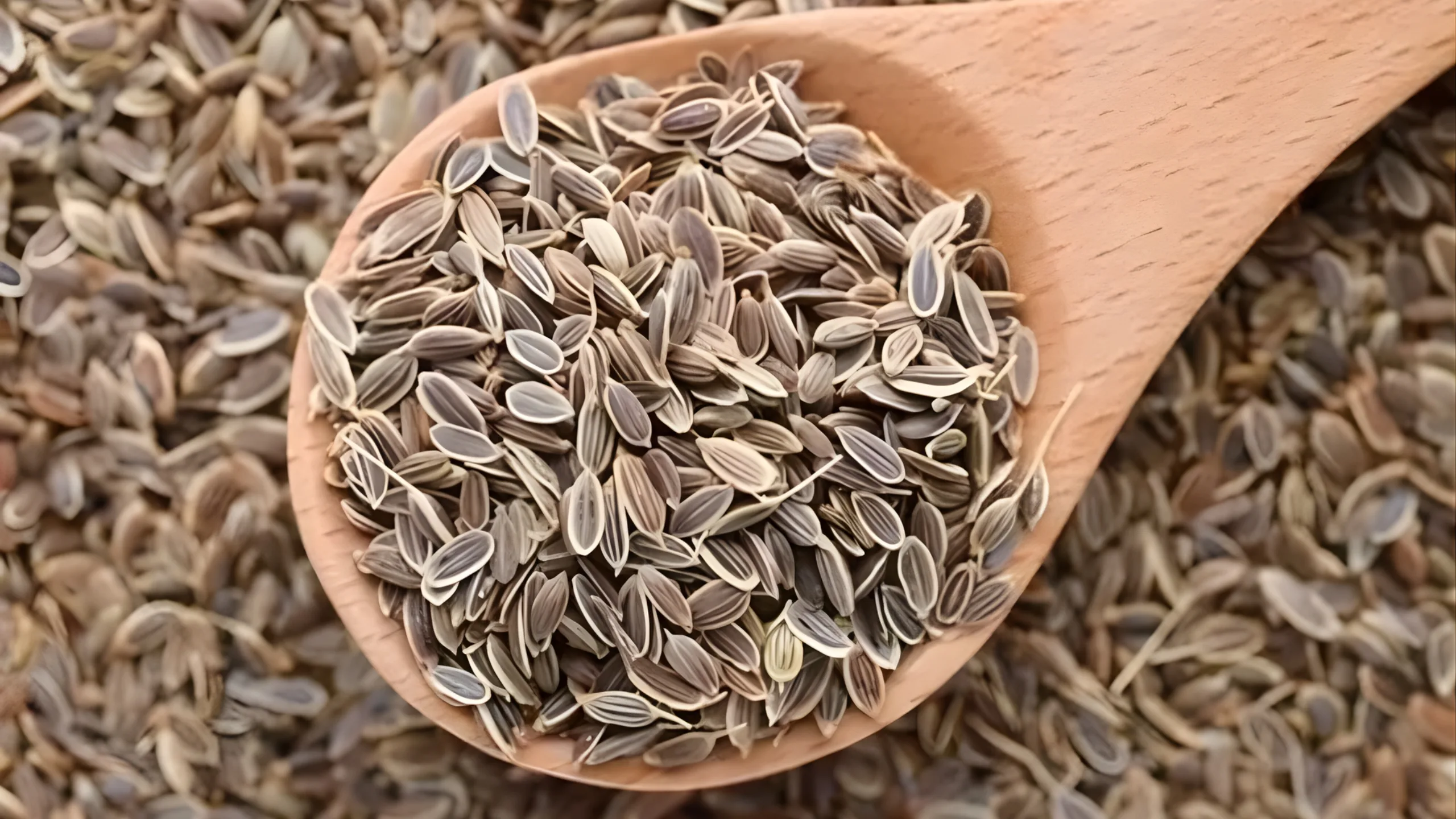
"Anethum sowa Roxb. ex Fleming, commonly known as Indian Dill or Suva, is a highly aromatic herb belonging to the Apiaceae family. It is native to India and widely cultivated for its seeds, leaves, and roots, which are used in culinary and medicinal preparations. Traditionally, Suva has been valued for its carminative, digestive, antispasmodic, antimicrobial, and antioxidant properties. The seeds and essential oils are known to support digestive health, relieve colic, and improve appetite, while the roots and leaves are used in herbal medicine formulations.
"
Scientific Classification
- Kingdom: Plantae
- Phylum: Angiosperms
- Class: Eudicots
- Order: Apiales
- Family: Apiaceae
- Genus: Anethum
- Species: Anethum sowa Roxb. ex Fleming
Common Names
- English: Indian Dill, Sowa, Suva
- Sanskrit: Shatapushpa
- Hindi: Suva, Sowa
- Gujarati: Suva (સુવા)
- Tamil: Sadakuppai
- Telugu: Sadapa Vittulu
- Bengali: Sowa
- Marathi: Shepu
- Kannada: Sabbasige soppu
Traditional and Medicinal Uses
- Digestive Health - Acts as a natural carminative, helping relieve indigestion, flatulence, abdominal discomfort, and bloating. Traditionally prescribed for infantile colic and milk indigestion in children.
- Women’s Health - Functions as a uterine tonic, relieving cramps, uterine pain, and irregular menstruation. Used as an emmenagogue, promoting menstrual flow and easing discomfort during periods.
- Respiratory Health - Acts as a mild expectorant to relieve cough and cold symptoms.
- Antimicrobial and Antioxidant Activity - Exhibits antibacterial, antifungal, and antioxidant effects. Used in traditional medicine to promote skin healing and fight infections.
- General Health - Supports metabolic and detoxifying functions.
References
Ayurvedic Pharmacopoeia of India (API), Govt. of India.
The Wealth of India – A Raw Materials, Vol. 1, CSIR, New Delhi, 1985.
BMC Complementary and Alternative Medicine (2017). “Chemical composition and pharmacological significance of Anethum sowa L. root.
BMC Complementary Medicine and Therapies (2016). “Pharmacological effects of the phytochemicals of Anethum sowa L. root extracts.
ScienceDirect (2021). “Anethum sowa Roxb. ex Fleming: A review on traditional uses, phytochemistry, pharmacological and toxicological activities.
Journal of Chemical and Pharmaceutical Research. “Chemical constituents of essential oil from Anethum sowa seed.
Kirtikar, K.R. & Basu, B.D. (1991). Indian Medicinal Plants, 2nd Edition, Vol. 1, International Book Distributors, Dehradun.
Chopra, R.N., Nayar, S.L., & Chopra, I.C. (1956). Glossary of Indian Medicinal Plants. CSIR, New Delhi.
World Journal of Pharmaceutical Research. “Traditional uses and therapeutic indications of Anethum sowa.
European Pharmacopoeia, 10th Edition, Council of Europe.